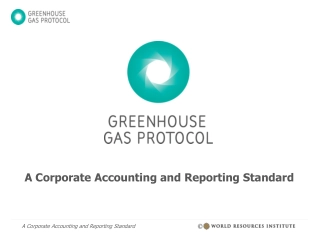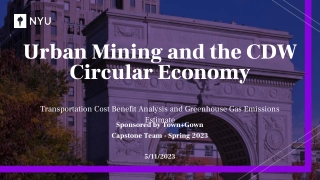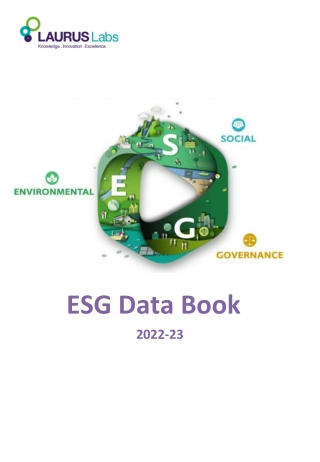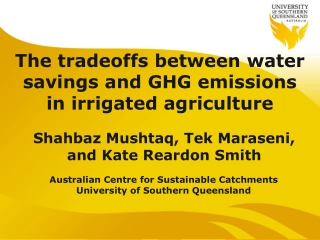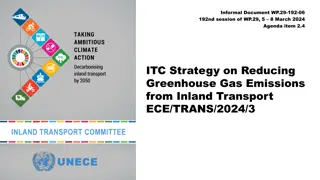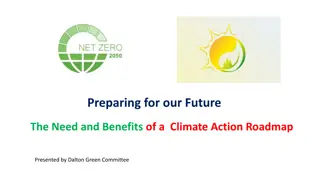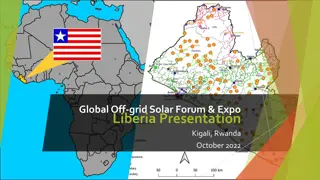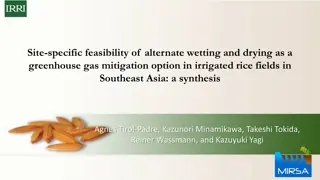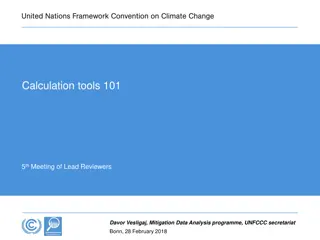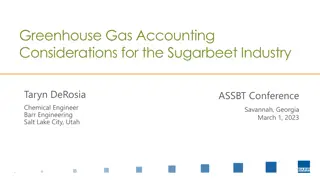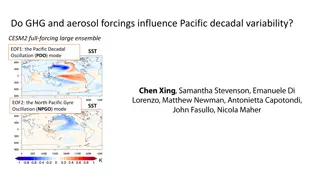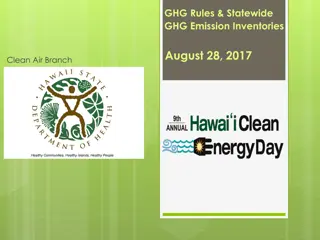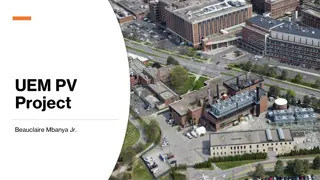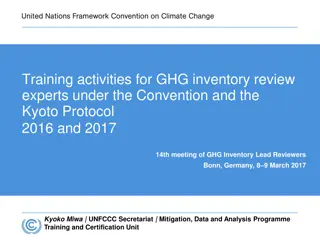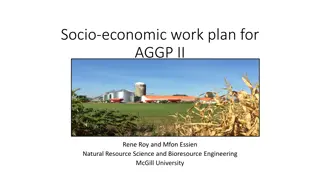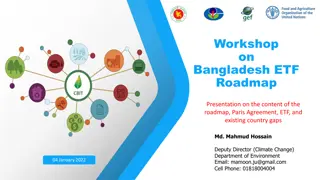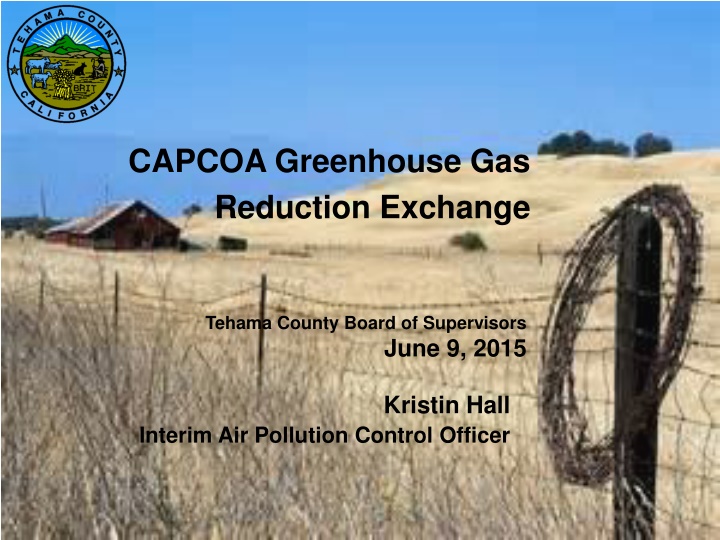
CAPCOA Greenhouse Gas Reduction Exchange in Tehama County Board of Supervisors
Learn about the CAPCOA Greenhouse Gas Reduction Exchange implemented in Tehama County, focusing on the methodology for compost additions to grazed grasslands and how the exchange operates. Explore how the project developer implements approved protocols, how applicants submit documentation for verification, and how the exchange matches buyers and sellers of offsite GHG reduction credits. Discover the motivation behind the exchange and its significance in reducing atmospheric greenhouse gases.
Download Presentation

Please find below an Image/Link to download the presentation.
The content on the website is provided AS IS for your information and personal use only. It may not be sold, licensed, or shared on other websites without obtaining consent from the author. If you encounter any issues during the download, it is possible that the publisher has removed the file from their server.
You are allowed to download the files provided on this website for personal or commercial use, subject to the condition that they are used lawfully. All files are the property of their respective owners.
The content on the website is provided AS IS for your information and personal use only. It may not be sold, licensed, or shared on other websites without obtaining consent from the author.
E N D
Presentation Transcript
CAPCOA Greenhouse Gas Reduction Exchange Tehama County Board of Supervisors June 9, 2015 Kristin Hall Interim Air Pollution Control Officer
GHG Rx Methodology for Compost Additions to Grazed Grasslands December 10, 2014 CAPCOA approved, Methodology for Compost Additions to Grazed Grasslands Based on research conducted through the Marin Carbon Project a 7year-long project developed by a consortium of agricultural producers, university researchers, county and federal agencies and non-profit organizations The new protocol involves sustainable land management practices that help store atmospheric carbon in the soil through a process of applying compost to rangelands The practice can enhance the productivity and water holding capacity of rangelands while increasing the amount of atmospheric carbon captured by rangeland vegetation and sequestrated in soils. Compost application helps reduce atmospheric greenhouse gases through enhanced photosynthetic capture of Carbon dioxide from the air, which generates tradable offset credits ranchers can sell on a voluntary carbon market 2
How the Exchange Operates Project developer implements a project consistent with approved protocol (or case by case) requirements Applicant submits documentation to BAAQMD for review and verification BAAQMD staff review application and verify that the reductions meet all protocol requirements BAAQMD ensures the reductions are real, surplus, permanent & enforceable BAAQMD issues GHG reduction credits and lists them on the GHG Exchange BAAQMD and TCAPCD staff are NOT involved in the listing/sale of the credits 3
What the Exchange Is Resource for matching buyers and sellers of offsite GHG reduction credits generated from local projects Online tool and platform to trade credits Listing for prospective (future) GHG reduction projects Collaboration between air districts through CAPCOA TCAPCD wishes to participate indirectly by entering into an MOU BAAQMD BAAQMD will review, list and update available GHG credits Located in Tehama County TCAPCD was approached by several Tehama County Landowners interested in participating in the GHG Rx 2
Motivation for the Exchange Offsite mitigation for CEQA projects Expressed by lead agencies, project developers Standardized approach to ensure integrity of offsets Local offsite mitigation options Keeps investments and economic benefits local Provide local air quality co-benefits Cap & Trade compliance market may not work for CEQA projects Protocols are very stringent Extensive requirements for verification Protocols are not relevant for urban-setting GHG reductions 3
Key Components of the Exchange Sets standards for high quality GHG reduction credits from local projects Criteria developed for reviewing and approving GHG reduction protocols and projects High quality credits = real, additional, quantifiable, verifiable, enforceable and permanent CAPCOA approved protocols: South Coast AQMD boiler Placer APCD biomass to energy Methane Digesters Three Forest Management Case-by-Case projects Includes website for buyers and sellers to exchange credits 6 6
Status of the Exchange Administrative and User Guides Completed On-line Platform Completed Participating districts with signed MOUs BAAQMD, Northern Sonoma, Placer, South Coast, Sacramento, SJVUAPCD Staff training in November 2013 Real project data entered December 2013 Public launch January 1, 2014 Public Workshops mid January 2014 7 7

